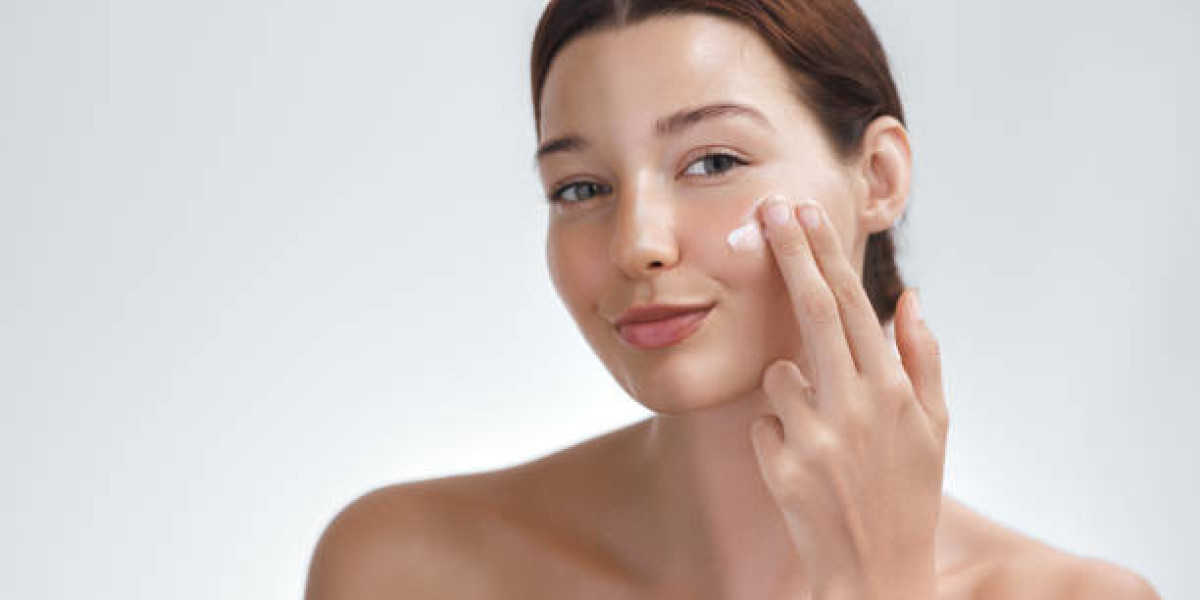Skin Whitening Treatment in Islamabad have gained significant attention globally, particularly in regions where fairer skin tones are traditionally associated with beauty and social status. These treatments are aimed at reducing melanin, the pigment responsible for skin color, in order to achieve a lighter complexion. While some seek these treatments to address hyperpigmentation or uneven skin tones, others pursue them to achieve a more uniform or lighter appearance overall. However, it is important to approach these treatments with a full understanding of their implications, efficacy, and potential risks.
What Is Skin Whitening?
Skin whitening refers to the use of substances, mixtures, or medical treatments designed to lighten the skin's tone or achieve an even complexion by reducing the production of melanin. The amount of melanin present in the skin determines its color, and factors such as genetics, sun exposure, hormonal changes, or certain medical conditions can lead to variations in skin tone.
Treatments can range from topical creams and lotions to more intensive medical interventions like chemical peels, laser treatments, or intravenous injections. The popularity of these treatments has sparked debates about cultural standards of beauty, safety concerns, and ethical considerations surrounding their use.
Common Skin Whitening Treatments
Topical Creams and Lotions
Skin-lightening creams are one of the most accessible and widely used methods for achieving a fairer complexion. Many over-the-counter (OTC) products contain ingredients like hydroquinone, kojic acid, arbutin, vitamin C, or licorice extract that are designed to inhibit melanin production. These products are generally applied directly to areas of hyperpigmentation or to the face and body for overall lightening.Hydroquinone, in particular, is a common ingredient in many skin-lightening creams due to its effectiveness in reducing dark spots and uneven pigmentation. However, its use is controversial because long-term use or high concentrations can result in side effects like skin irritation, ochronosis (a bluish-black discoloration of the skin), or even cancer in extreme cases. Some countries have banned or restricted its usage.
Chemical Peels
Chemical peels involve the application of a chemical solution to the skin, which causes the top layer to exfoliate and eventually peel off. This reveals fresher, lighter skin underneath. Peels can be classified into light, medium, and deep peels depending on their intensity and the depth they penetrate the skin. Glycolic acid, salicylic acid, and trichloroacetic acid (TCA) are common peeling agents used in such treatments.While effective in reducing pigmentation, chemical peels can be harsh, particularly for people with sensitive skin. Recovery time varies depending on the type of peel, with deeper peels requiring longer downtime and a greater risk of side effects, including scarring or uneven pigmentation.
Laser Treatments
Laser skin lightening involves the use of focused beams of light to target and break down areas of pigmentation. Lasers, such as Q-switched Ndlasers, are commonly used to treat conditions like melasma, age spots, and sun damage. The laser works by breaking down melanin in the targeted areas, which is then naturally removed by the body's immune system.Although laser treatments are considered effective and precise, they can be expensive and require multiple sessions. Furthermore, they may not be suitable for all skin types and can result in side effects such as redness, swelling, or even worsening of pigmentation in rare cases.
Glutathione Injections
Glutathione is an antioxidant that is naturally produced by the body and has skin-lightening properties. Intravenous (IV) glutathione injections have gained popularity as a method of achieving a lighter skin tone, with proponents claiming that it reduces melanin production and brightens the skin.However, the use of glutathione for skin whitening is controversial. While some anecdotal evidence suggests its effectiveness, there is limited scientific research to back these claims. Moreover, glutathione injections are not approved by the FDA for skin whitening, and their safety and long-term effects are still unclear.
Potential Risks and Side Effects
While skin whitening treatments may offer a solution for those seeking a lighter complexion or more even skin tone, they come with risks. The side effects can vary depending on the treatment type, but common issues include:
- Skin irritation and redness: Many skin-lightening products contain chemicals that can cause dryness, irritation, or allergic reactions, especially for people with sensitive skin.
- Thinning of the skin: Long-term use of products like corticosteroids or hydroquinone can lead to the thinning of the skin, making it more vulnerable to infections or damage.
- Sun sensitivity: Most treatments, particularly chemical peels and laser treatments, increase the skin's sensitivity to UV radiation, making sun protection essential to avoid further pigmentation.
- Health risks: Intravenous treatments, like glutathione injections, may carry additional risks such as kidney damage or toxicity when not administered under proper medical supervision.
The Psychological and Cultural Aspects
The desire for lighter skin often reflects deep-seated societal and cultural biases. In many cultures, fair skin is associated with higher social status, beauty, and success, leading individuals to pursue skin whitening treatments. This has fueled a multibillion-dollar industry but has also raised ethical concerns about perpetuating harmful beauty standards and the psychological impact on individuals who feel compelled to alter their natural skin tone.
Conclusion
Skin whitening treatments offer a range of solutions for those looking to address pigmentation issues or achieve a lighter complexion. While there are many options available, from topical creams to more invasive procedures, it is crucial to approach these treatments with caution. Understanding the potential risks, side effects, and underlying cultural implications can help individuals make informed decisions about whether or not skin whitening is right for them. Consulting with a dermatologist before undergoing any treatment is essential to ensure safety and efficacy.







